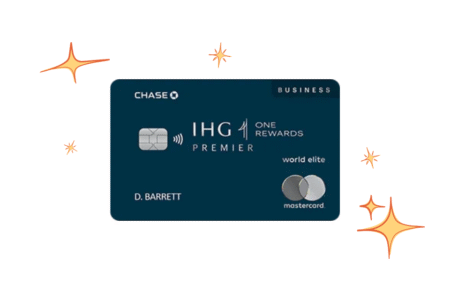The fall is my favorite time of year because temperatures begin to fall and I don’t have seasonal allergies to deal with. It’s also the best time to start thinking about how to lower my tax burden before the end of the year.
While you can wait until December to do these, it’s best to start thinking about these now before we feel the crunch of the holidays and other obligations.
Here are the best ways to lower your taxes before the new year.
1. Maximize Your Retirement Contributions
You can contribute up to $23,000 to your 401(k) and your contributions are tax deductible, immediately lowering your tax burden. If you are over 50, you can contribute up to $30,500 each year.
If you are self-employed, you can look towards a Solo 401(k) or a SEP IRA to help reduce your taxable income.
It’s also recommended that you look at a Roth IRA. While contributions are not tax deductible, it is a great investment vehicle that grows tax free.
2. Contribute to a Health Savings Account
If you have a high-deductible health plan, you are eligible to contribute to a Health Savings Account (HSA). The limits are $4,300 for individuals and $8,550 for families.
HSAs are powerful because contributions are tax deductible, it grows tax free, and you get tax free withdrawals if used for medical expenses.
3. Fund a Flexible Savings Account
If your employer offers a Flexible Savings Account (FSA), you can contribute any amount and they lower your taxable income. You can use a FSA to pay for medical expenses but it does have one drawback – you have to use it up each year or the money expires.
Some employers will allow you to rollover a small amount from year to year but the IRS limits that to $660 a year.
4. Harvest Investment Losses
If you have investments that have lost value this year, you could consider selling them and claim the losses. The losses will first offset any investment gains you have on the year but if they exceed those, you can reduce your ordinary income by $3,000. Any additional loss will carry over from year to year.
Be aware of the wash sale rule though. This is a rule that says you can only claim a loss if you don’t buy a substantially identical invesment within 30 days. This makes it so you don’t sell for a loss and immediately buy it back.
5. Make a Charitable Donation
If you itemize your deductions, you will be able to claim those deductions. This can be donations of cash or assets. If you have appreciated assets, such as stock, donating it can often be a much better tax move than selling it and donating cash.
If you have a substantial sum that you wish to donate, but don’t want to pick where it goes, you can look into a Donor-Advised Fund. You can decide to donate a large sum or an appreciated asset into the fund this year, claim the deduction, and decide where it goes later.
6. Contribute to a 529 Plan
529 Plans are a great vehicle for saving for college and they also have some minor tax benefits too. They were recently improved so that you could rollover unused funds to a Roth IRA if you met certain requirements.
Contributions to 529 plans are not tax deductible at the federal level but some states offer small tax benefits. For example, Maryland lets you subtract up to $2,500 per beneficiary per year from your taxable income for contributions to a plan.
7. Make Energy Efficient Home Improvements
If you own your home and are considering home improvements, you can take advantage of some tax credits that are expiring soon. The downside is that you have to have the work completed by December 31st so you don’t have much time.
The IRS Energy Efficient Home Improvement Credit (25C) gets you a credit of up to 30% of qualified costs with a limit based on the category. $2,000 for heat pumps, biomass stoves, and water heaters. $1,200 for windows, doors, insulation, and energy audits.
There is a Residential Clean Energy Credit that offers a 30% federal tax credit for solar panels, solar water heaters, geothermal heat bumps, window turbines, and battery storage systems.
8. Claim a Home Office
If you are self-employed, an independent contractor, or a small business owner with a home office that you use exclusively and regularly, you can claim a home office. Be careful to review the requirements because they were recently changed.
You can claim it one of two ways – simplified or regular. The simplified method is an easy-to-calculate $5 per square foot of your office The regular method has you calculate all the expenses incurred in your office and calculating it as a percentage of your home.
Conclusion
With a little planning, you can reduce your tax liability with a few simple steps. While you can do many of these steps in December, it’s much easier if you have a bit of planning and set yourself up for success by starting them earlier.
Read the full article here












